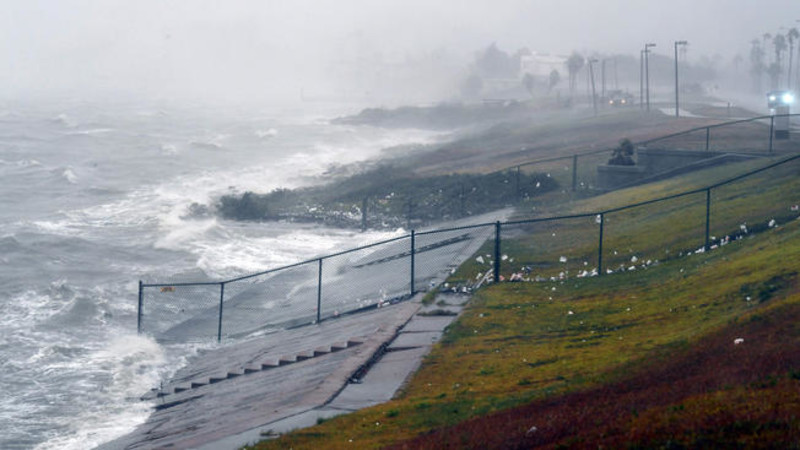Houston, the eighth-busiest container port in the US reported no major damage to its terminals, warehouses or storage facilities after Hurricane Harvey, according to Chris Folkman, RMS director – Product Management, and Rajkiran Vojjala, RMS vice president – Modelling, in an RMS bulletin on the weather event. Traffic was diverted to other regional ports and processing facilities away from the storm’s path. "Maritime officials, it seems, have learned lessons from Superstorm Sandy, where cargo was hastily unstacked in anticipation of high winds before a devastating storm surge caused extensive damage to cargo, chassis, and port warehouses", the writers observed.
While businesses have suffered increased shipping rates and logistical disruptions due to Harvey, initial reports indicated that transit-related losses have been limited. However, the catastrophe modeller said that static goods at inland warehouses may not be so lucky. According to the RMS Marine Cargo Model, damage was most likely to hit the shipments whose commodities, packaging, or storage was susceptible to wind, rain, and flood water contamination. This would include:
- automobiles (most vulnerable in open lots)
- pharmaceuticals — where any contamination can result in total loss
- consumables and temperature-controlled goods (perishable)
- electronics — particularly those without water-resistant packaging
- bulk cargo in open lots.
RMS noted that marine industry practitioners had suggested that some cargo claims could be subject to separate wind and flood deductibles, depending on the wording of the policy form. "Additionally, cargo written on a stock throughput form may be most susceptible to insurance claims given the breadth of its coverage, where any damaged raw materials, work in progress, finished goods, or even stock in retail stores, are deemed compensable", Folkman and Vojjala said.
RMS Marine Cargo Model was released in 2016, an innovative attempt to model losses for mobile rather than static property. The Marine Cargo model is accompanied by port exposure databases for more than 150 major ports globally.
Bulk cargo, which can be particularly susceptible to damage when stored in open lots, represents a large proportion of the Port of Houston’s traffic. According to RMS estimates, an average daily value of $2.4bn in bulk cargo is at risk, consisting of break, dry, and liquid bulk commodities.
RMS estimated that the Port of Houston has an average of $7.6bn in cargo-at-risk on a daily basis.
Houston is also a petroleum-heavy port, with more than $3.5bn worth of petroleum and related exposure at risk at any given time. However, most of this is stored in tanks designed to withstand significant wind loads and flood depths, RMS said.
http://www.rms.com/blog/2017/09/01/hurricane-harvey-impact-on-marine-cargo/

